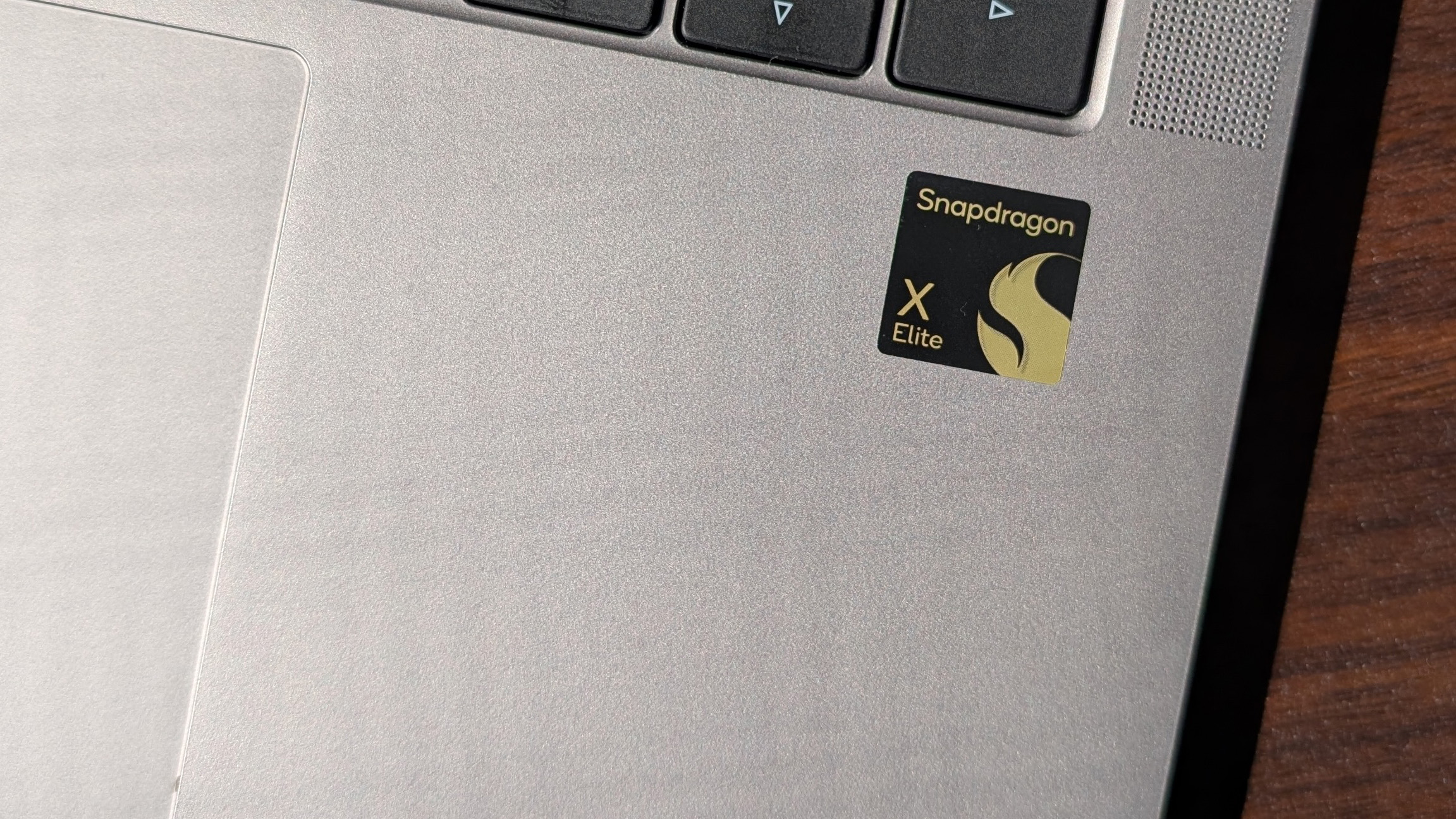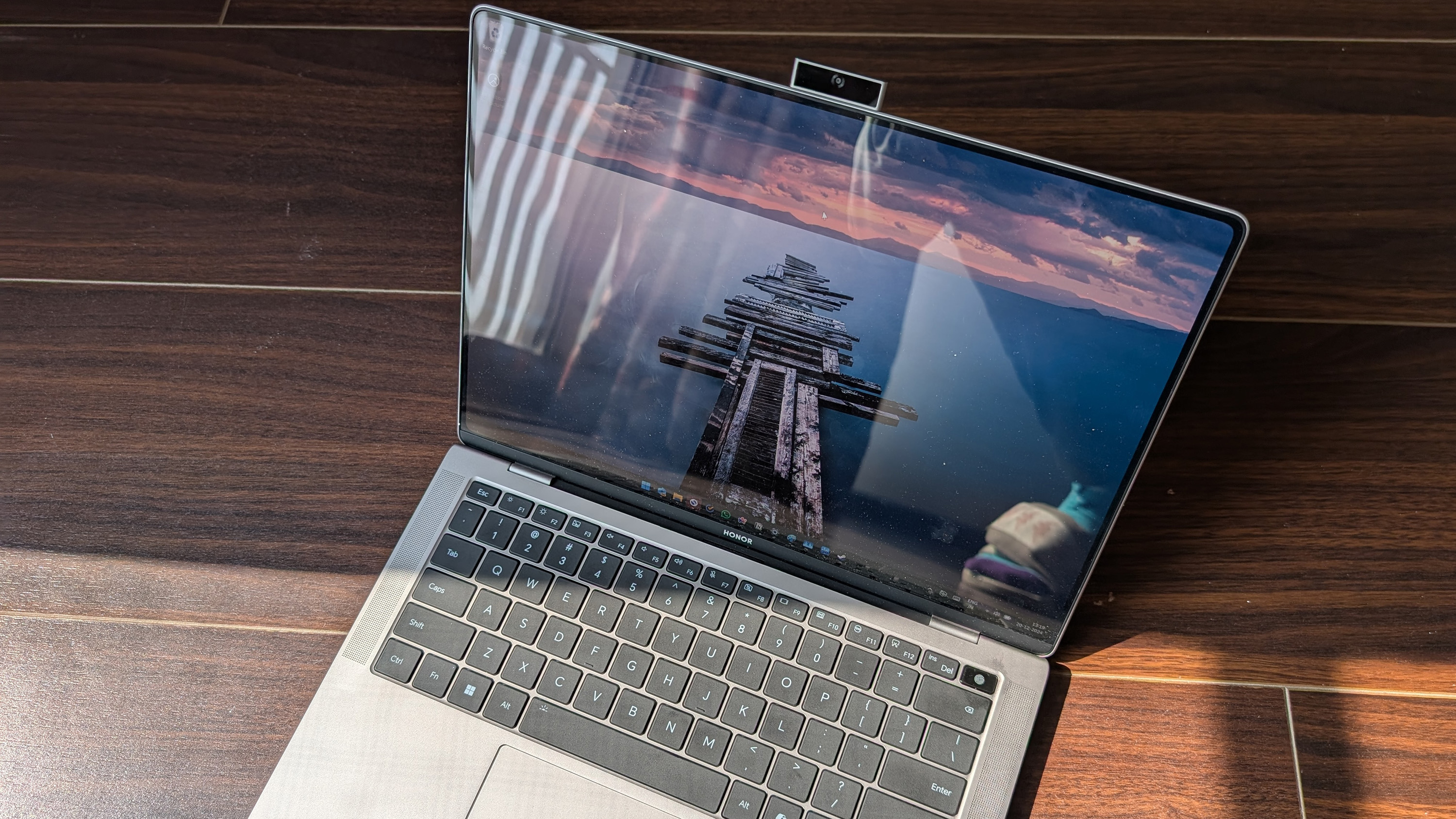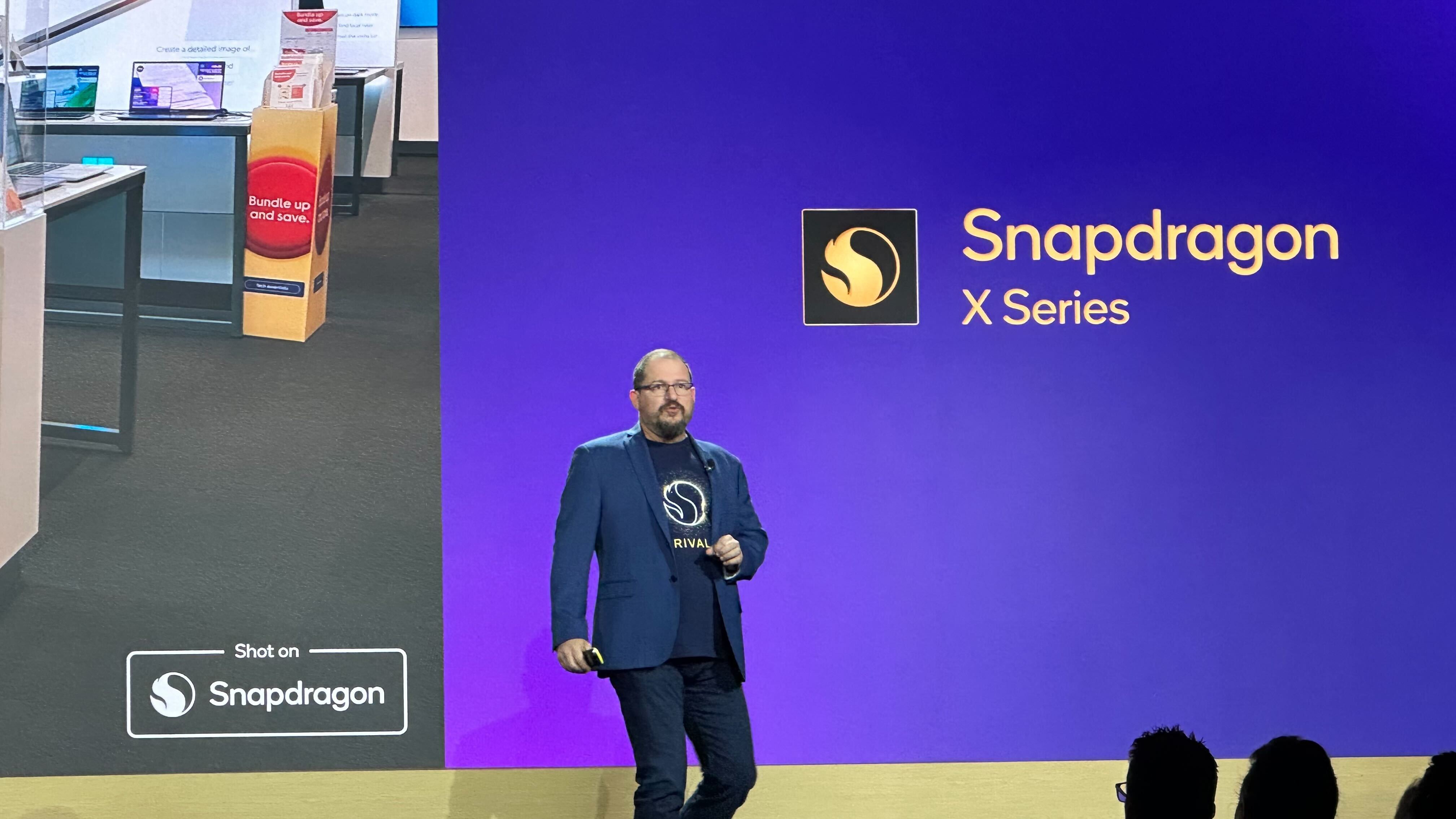
I’ve lived exclusively with Arm-based computers: an M1 Mac Mini and a Qualcomm Snapdragon-powered Windows two-in-one PC for years. While I’ve had close to zero complaints with Apple silicon, Microsoft’s platform fell short in comparison, and that delta has continued to grow. When I wrote a long-term review of Windows on Arm in March 2024, I had a downside to highlight for each upside. But I also couldn’t imagine returning to an Intel-equipped PC, and I ended that retrospective on an optimistic note as Microsoft geared up to roll out a major revamp of Windows on Arm.
Sure enough, in April 2024, Microsoft bet big on Qualcomm’s new Snapdragon X Elite and X Plus chipsets, which claimed to go toe-to-toe with Apple’s M series. The performance jump allowed Microsoft to dramatically upgrade the compatibility layer that lets any app run on Windows on Arm. Called Prism, it’s as efficient as Apple’s Rosetta 2 emulator and emulates apps twice as fast as the earlier generations of Windows on Arm machines.
Cracking the Arm code

I’ve spent weeks testing the new Honor MagicBook 14 Art, which features a Snapdragon X Elite, among other flagship-grade hardware. The impact feels near-instant: Apps that struggled on Windows on Arm a year ago now offer native support, from Google Drive to ExpressVPN, and the list has steadily expanded. Has Microsoft, after a decade of trying, finally cracked the Arm code?
The MagicBook 14 Art runs on the 12-core Snapdragon X Elite (X1E80100) — the same one found on the top-of-the-line Surface Laptop, and I’ll cut to the chase: it’s the real deal. The performance of previous generations of Windows on Arm laptops, like the one I have had for the last two years, often felt like a smartphone stuck in a computer’s body. The Snapdragon X Elite, by comparison, comes off as a powerhouse and flies through any task I throw at it. Apps open and resume workflows instantly, multitasking between resource-intensive software is a breeze, and it has yet to randomly freeze, an issue that routinely forced me to reboot the X Elite’s predecessors.

The biggest game-changer for Windows on Arm
Unlike the rest of the industry and its earlier chips, Qualcomm ditched the hybrid architecture, where you’ll find a mix of performance and efficiency cores in favor of homogeneous ones, where every core can handle both types of workloads. The approach has seemingly worked out for Qualcomm. In Geekbench 6 benchmarks, the Honor MagicBook 14 Art outperforms the M2-powered MacBook Air on single-core and multi-core tests. Thermal performance is equally excellent. The laptop’s built-in fans kick in occasionally to keep it cool but are rarely loud or uncomfortably warm.
Of course, these figures wouldn’t matter if the Snapdragon X Elite chip failed to deliver on why laptop makers are switching to Arm in the first place: efficiency. Though it can’t quite match the MacBook Air’s endurance, I was impressed with the MagicBook’s numbers given the hardware. While running its 2K 120Hz 14.7-inch screen at medium brightness, its 60W battery lasted about ten hours for me in the “Balanced” power mode — enough for a busy workday — and dropped to 7-8 hours in “Performance.” Those are not nearly the stats Qualcomm and Honor claim, but I liked the laptop’s consistency compared to its Intel counterpart.
Spending time with Snapdragon X Elite also offered me an early glimpse into the future of on-device AI.
Spending time with Snapdragon X Elite also offered me an early glimpse into the future of on-device AI. The built-in Neural Processing Unit, capable of 45 teraflops of computing power, enables a lag-free Generative AI experience, whether that’s generating objects to add to images in Paint or rewinding days of snapshots through the new Recall tool.
Of course, heading into this experience, I was more curious about how far the Windows on Arm platform has come. Before, even essentials like VPN apps refused to function at all on Arm-based Windows machines. That has, fortunately, changed with the arrival of the new Prism emulator. Most mainstream programs, including Google Chrome, Adobe Photoshop, Google Drive, and ExpressVPN, have added native support. Even the ones already compatible with Arm chips work better, thanks to Snapdragon X Elite. Web browsers, especially, would frequently stutter for me, and that’s no longer the case, barring a couple of incidents.

Slick new hardware is just part of the fun
As a longtime Windows on Arm user, the most significant indication that Microsoft is on the right track was when I loaded an unsupported high-res FPS game, Counter-Strike 2, on the MagicBook 14 Art. It not only successfully ran but achieved a smooth 50-60 fps on low graphic settings. Future Windows updates, like the one already rolling out to early testers, should allow an even wider array of unsupported programs, such as new-gen video games, to work without crashing.
Paired with premium specs and Snapdragon X Elite’s reliability, the Honor MagicBook 14 Art offers one of the best Windows experiences I have had. For about $1,750, it comes equipped with 32GB of RAM, 1TB SSD, and a lightweight exterior that weighs merely 2.2 pounds and measures 0.39 inches at its thinnest point. Yet, Honor has found space to include a series of traditional ports, including HDMI, USB-A, a pair of USB-C, and a headphone jack. Its highlight, though, remains the modular webcam, which you can detach and tuck away into the side for more privacy and an edge-to-edge screen. Unfortunately, the Honor MagicBook 14 Art isn’t easily available in the U.S., but several of the best AI PCs offer comparable hardware and performance, minus that unique detachable webcam.

What's next?
The Snapdragon X chips mark a new era for Windows on Arm
The Snapdragon X chips mark a new era for Windows on Arm — one that could even convince long-time Intel users to switch camps. However, whether Microsoft will successfully see it out is still a question mark. Qualcomm’s dispute with Arm, for example, could prevent it from selling the Snapdragon X chips altogether. In a broader sense, Snapdragon X computers are still a niche product, accounting for just a fraction of total Windows laptop sales. However, if Microsoft can close the compatibility gap and add versatility to the lineup with more computing partners, like Nvidia and AMD, Windows on Arm’s future looks bright.







